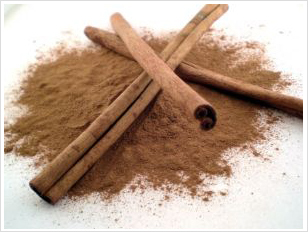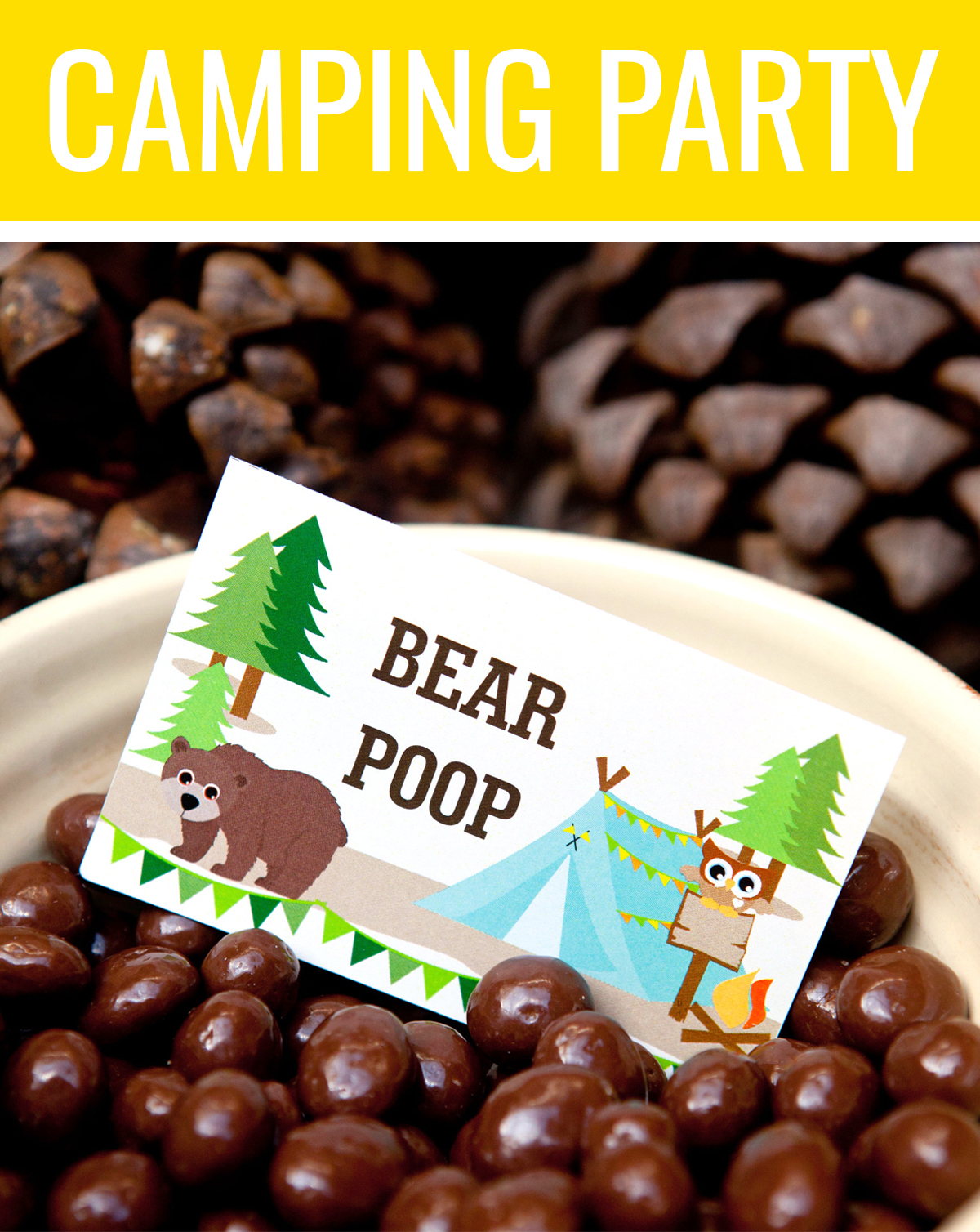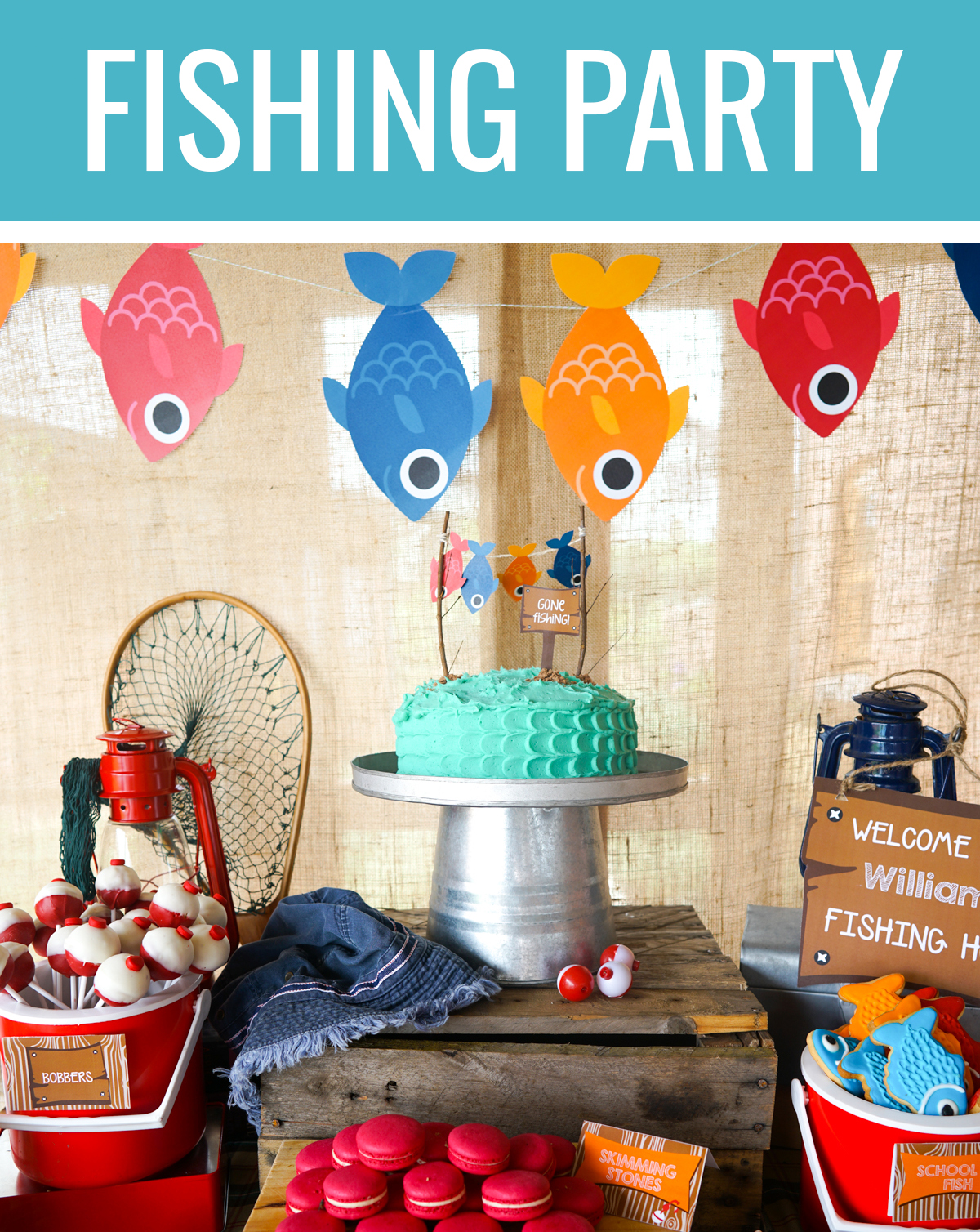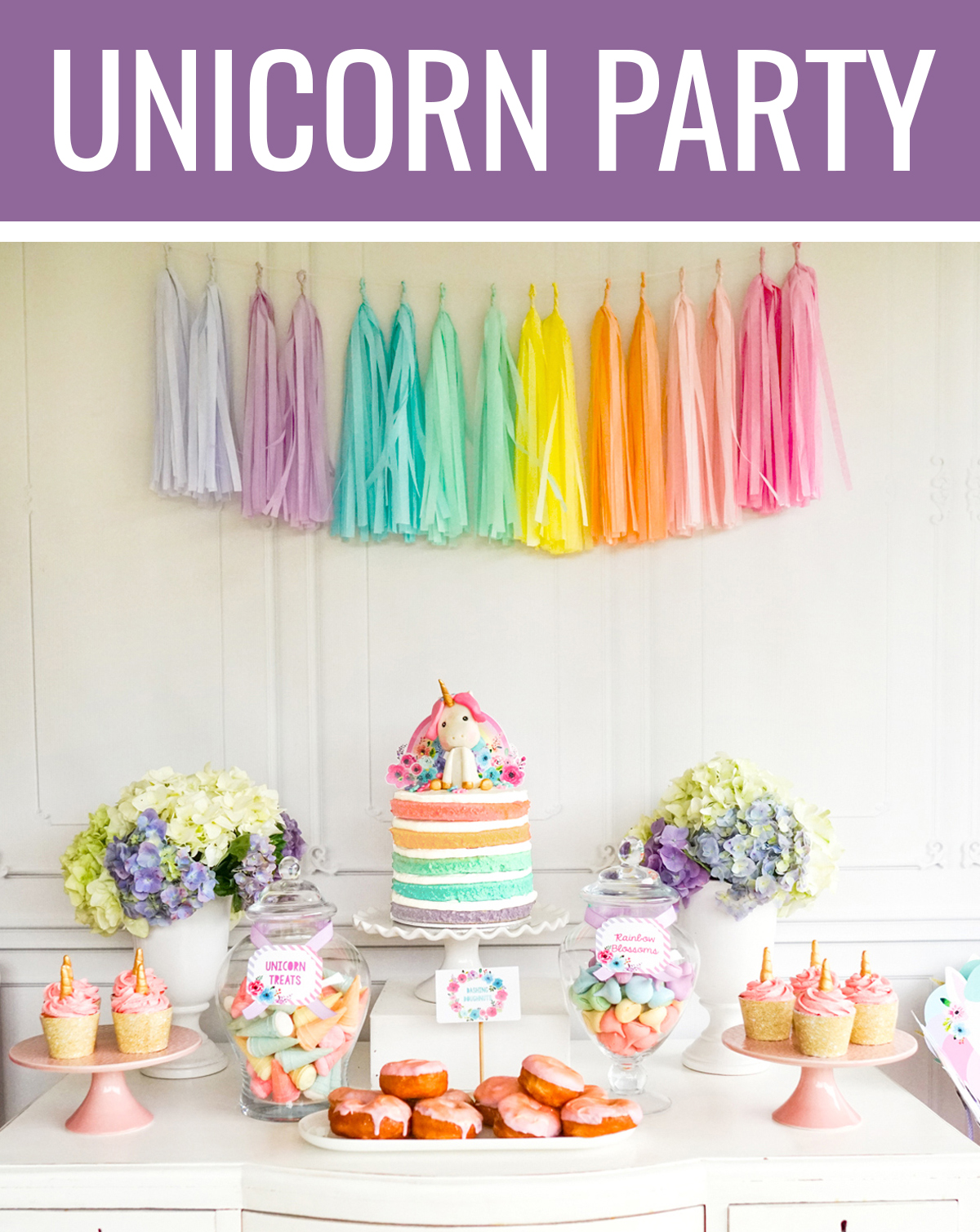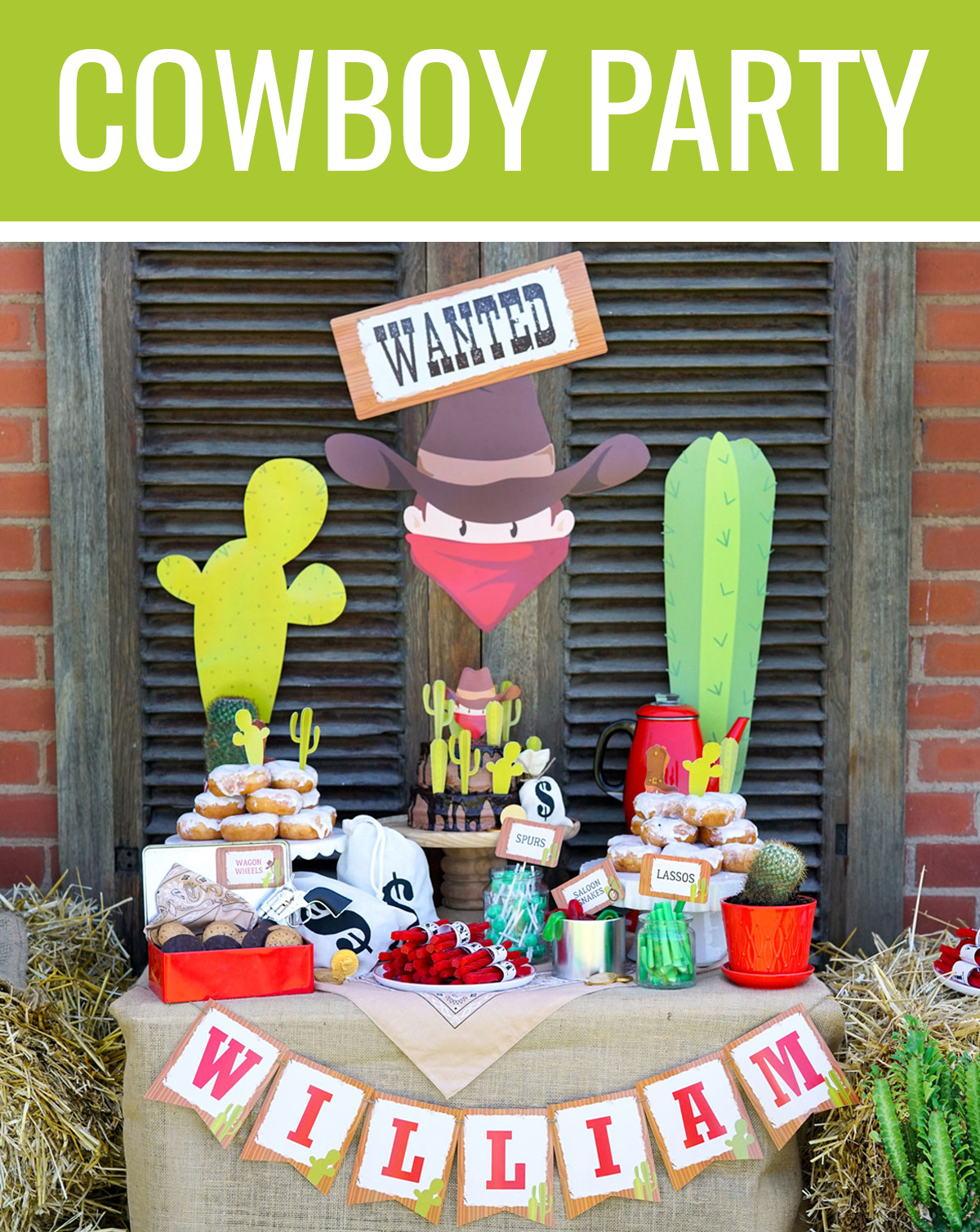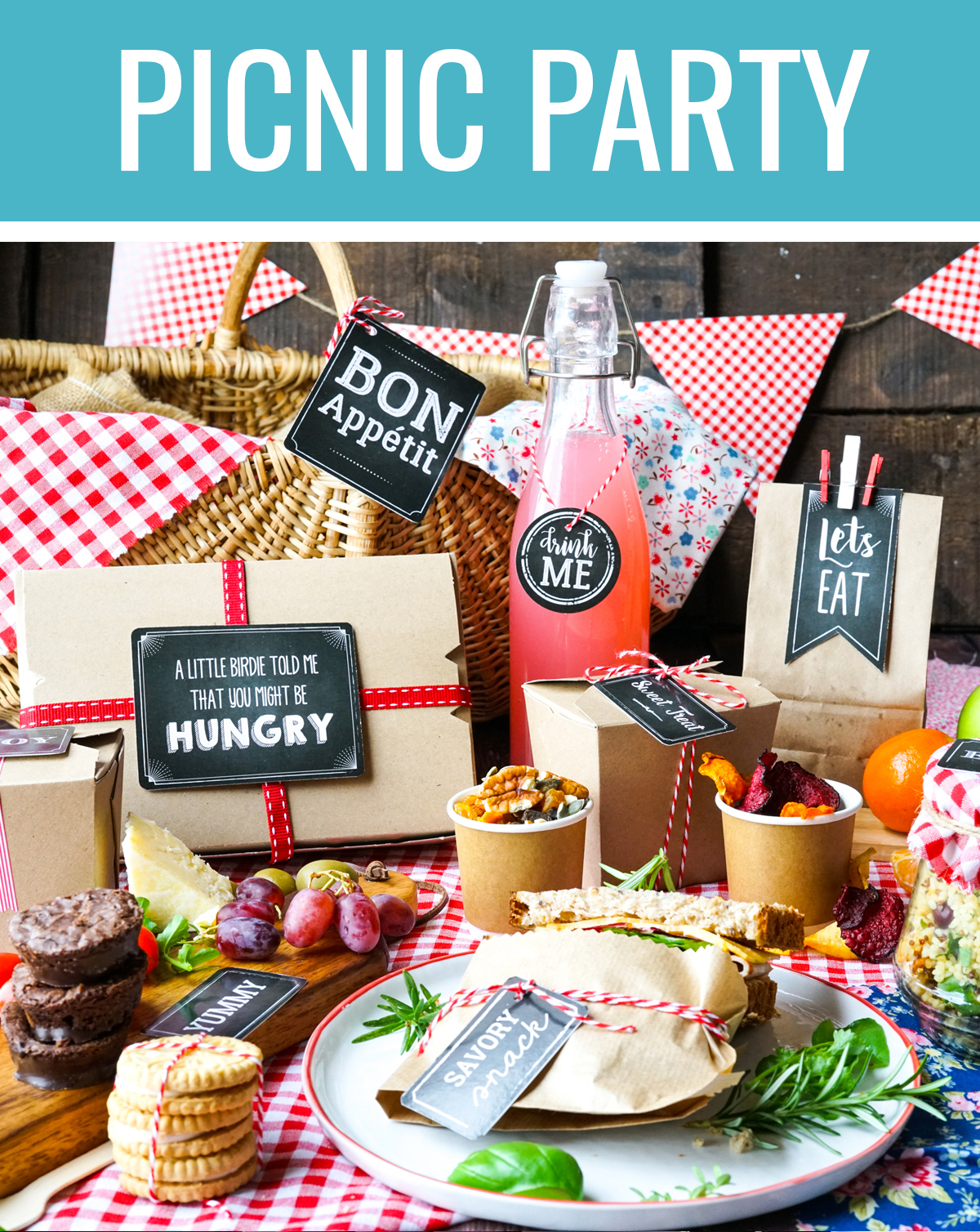Cinnamon is a spice many of us associate with Christmas – perhaps because its distinctive smell and flavour reminds us of drinking cinnamon-flavoured hot chocolate and coffee by the fireplace, or perhaps because it’s used worldwide when baking Christmas cookies, cakes and hot cross buns. Let’s take a look at the history of cinnamon, how it’s cultivated and how it’s used in food today.
Cinnamon is the name of a small evergreen tree belonging to the family Lauraceae, native to Sri Lanka, or the name of the spice obtained from the tree’s bark.
Cinnamon has been known from remote antiquity; the first mention of a particular spice in the Old Testament is of cinnamon – where Moses is commanded to use both sweet cinnamon and cassia in the holy anointing oil; in Proverbs, where the lover’s bed is perfumed with myrrh, aloe and cinnamon; and in Song of Solomon, a song describing the beauty of his beloved, cinnamon scents her garments like the smell of Lebanon. It was so highly prized among ancient nations that it was regarded as a gift fit for monarchs and even for a god.
Cinnamon is harvested by growing the tree for two years and then coppicing it. The next year, about a dozen shoots will form from the roots. These shoots are then stripped of their bark, which is left to dry. Only the thin (0.5 mm) inner bark is used; the outer woody portion is removed, leaving metre-long cinnamon strips that curl into quills (rolls) on drying; each dried quill comprises strips from numerous shoots packed together. These quills are then cut into 5–10 cm lengths for sale.
Cinnamon bark is widely used as a spice. It is principally employed in cookery as a condiment and flavouring material. It is also used in the preparation of chocolate – especially in Mexico, the main importer of true cinnamon. Cinnamon is also used in the preparation of some kinds of desserts, such as apple pie, donuts and cinnamon buns as well as spicy candies, tea, hot cocoa and liqueurs. In the US, cinnamon and sugar are often used to flavour cereals, bread-based dishes and fruits – especially apples. A cinnamon-sugar mixture is even sold separately for such purposes. Cinnamon can also be used in pickling.
Cinnamon is also very high in antioxidant activity, it’s believed that one teaspoon of cinnamon contains as many antioxidants as half a cup of blueberries.
Reference: wikipedia

